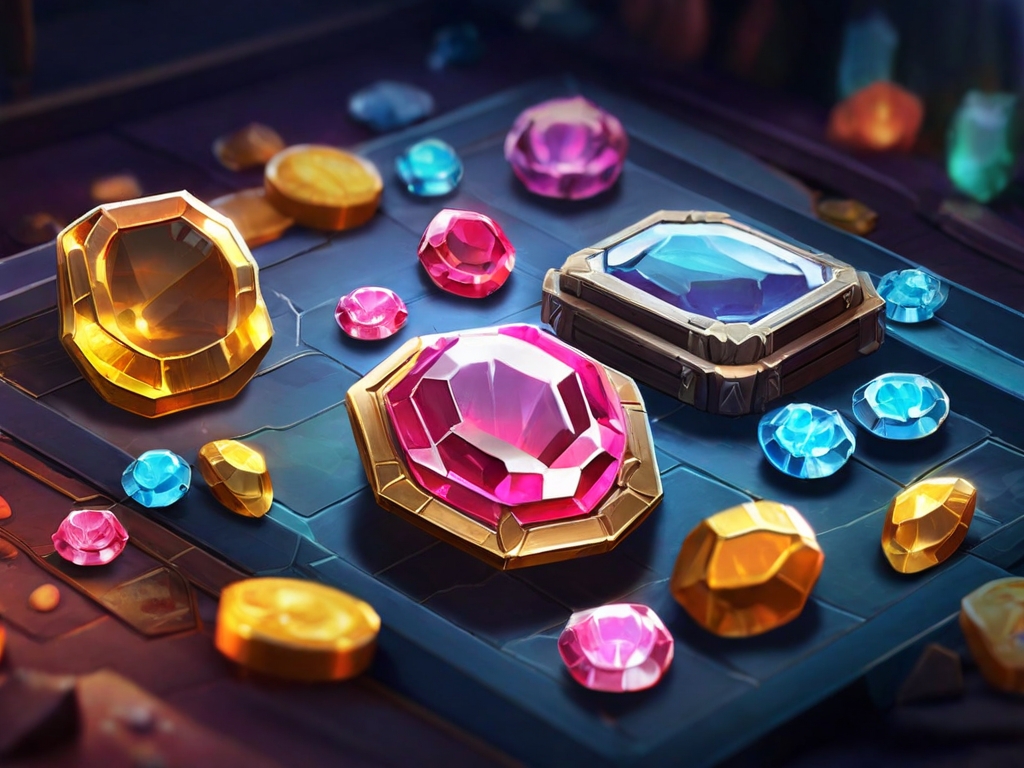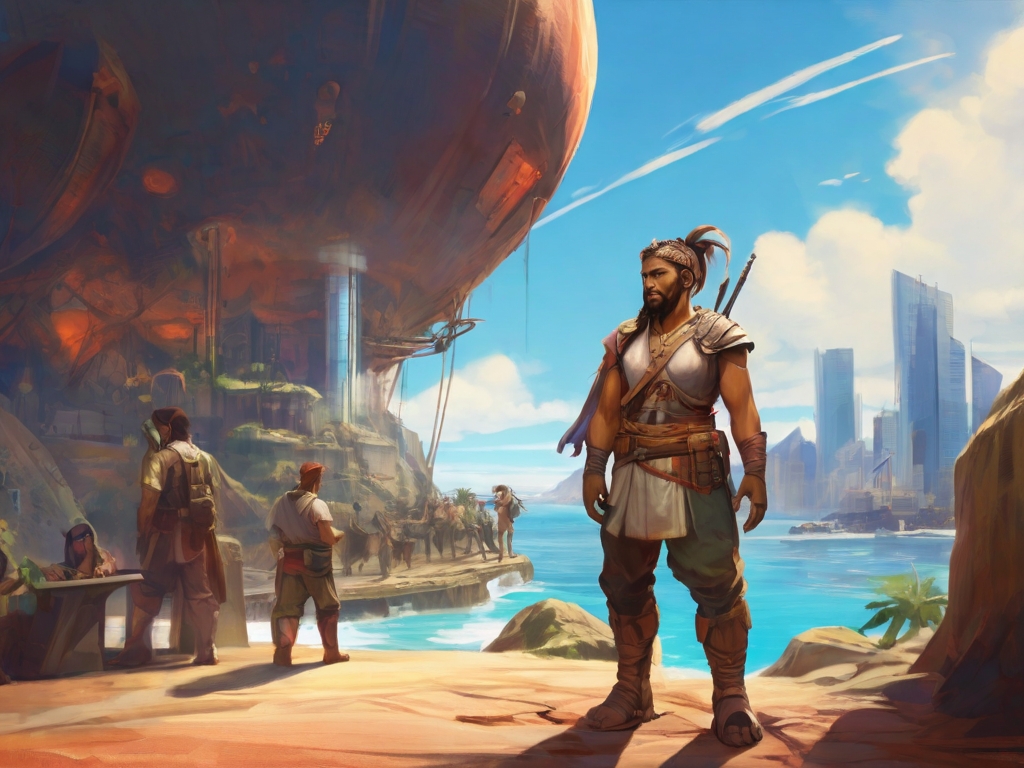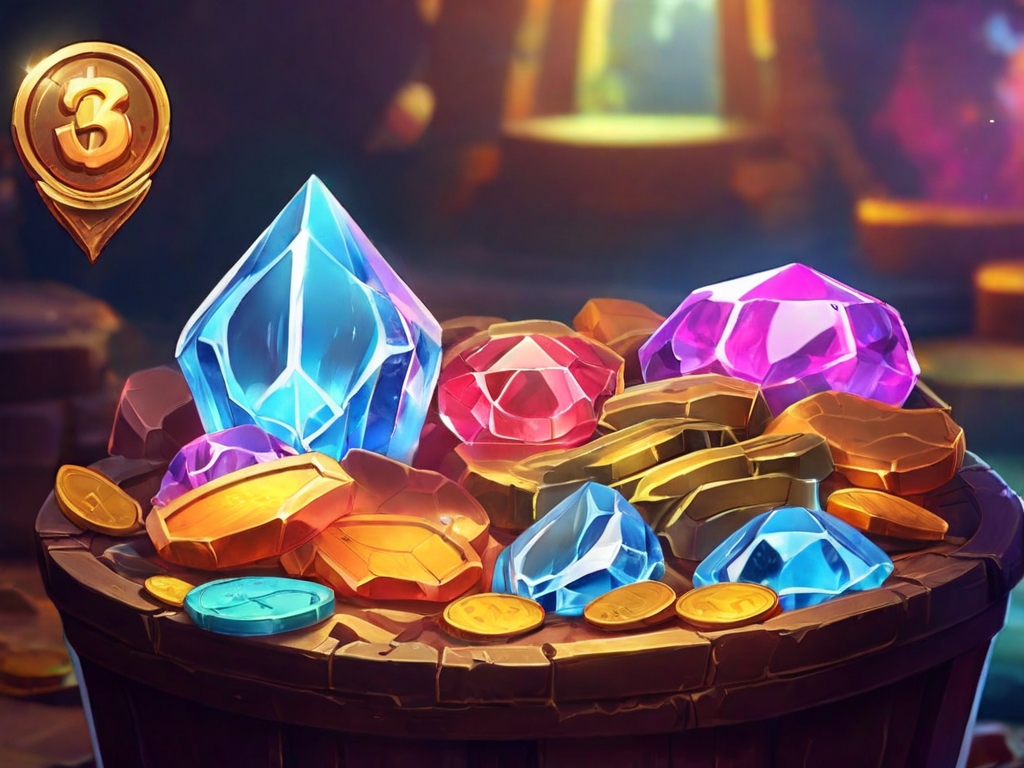
As you make decisions in the domain of game design, the player experience is shaped by them. One factor stands out among the many others in terms of significance: game economy balance. At Melior Games, we are aware of how difficult it can be to design a stable and captivating economy that draws players in repeatedly.
Understanding Game Economies
At its core, a game economy encompasses the systems and mechanics that govern the distribution and consumption of resources within a game. Whether it’s gold coins, experience points, or rare items, these virtual currencies play a pivotal role in shaping the player’s journey and progression.
Key Elements of Game Economies:
- Resources: List the items that players can purchase, trade, or use in your game. These could include money, goods, energy, and time.
- Income and Expenditure: Find out how the players get and use their resources. A robust economy depends on maintaining a balance between the pace of acquisition and the cost of consumption.
- Scarcity and Rarity:To add value and encourage player involvement, use elements of uniqueness and scarcity. Limited-edition products or one-time occasions can generate enthusiasm and a feeling of achievement.
Purposes of Video Game Economy Design
1. Player Progression
By offering valuable resources, upgrades, and unlocks as rewards for their efforts, game economies provide players a sense of growth. Progressing through the game gives players a real sense of achievement thanks to a well-thought-out economy.
2. Player Engagement
By providing significant incentives and rewards, engaging game economies encourages players to devote time and energy to the game environment. Playing in-game events, accomplishing difficult tasks, and unlocking new content are just a few of the ways a strong economy keeps players coming back for more.
3. Monetization
In today’s gaming landscape, monetization is an integral aspect of game design. Thoughtfully crafted economies strike a delicate balance between offering compelling content for free and providing optional purchases or premium features that enhance the player experience without compromising game balance.
4. Social Interaction
Gamers’ cooperation and social connection can be encouraged via game economies. A thriving economy encourages players to engage with one another and build communities around common interests, whether through resource trading, player-driven economies, or leaderboard competition.

Why You Need a Well-Balanced Game Economy Design
1. Player Retention
Long-term player engagement and investment are maintained by a healthy economy. Higher retention rates can result from encouraging players to keep playing and exploring your game environment with a constant stream of challenges and rewards.
2. Player Satisfaction
For gamers, nothing is more annoying than coming across an unfairly penalizing or ill-balanced economy. An economy that is well-designed achieves a healthy balance between reward and difficulty, which keeps players engaged and content with their advancement.
3. Revenue Generation
A balanced economy creates potential for commercialization while simultaneously improving player contentment. You can create recurring revenue streams and give players something of value at the same time by introducing alluring in-game purchases or subscription models that enhance the main gameplay experience.
4. Competitive Advantage
A balanced economy might help you stand out from the competitors in a market that is becoming more and more competitive. You may develop a devoted following and position your game as a leader in its genre by providing players with an engaging and gratifying experience that has them coming back for more..
Implementing In-Game Currency
1. Designing Currency Systems: Describe the various forms of in-game currency that can be acquired and utilized, such as coins, gems, and tokens. Establish the mechanisms for acquiring and using them within the game world.
2. Reward Structures: As you finish missions, prevail in fights, and engage in other in-game activities, apply incentives and prizes. Provide tasks that encourage players to earn and spend money.
3. Economy Interactions: It is important to confirm that the in-game money is compatible with all other game elements, including crafting systems, item stores, and player-to-player trade.
Monetizing In-Game Economies
- Give players more options for in-game cash purchases or gameplay improvements so they may customize their experience and improve gameplay.
- Provide premium currency incentives, ad-free gameplay, special events, and other exclusive benefits to players who subscribe to your monetization strategies.
- By offering in-game currency or other rewards to players in exchange for watching advertisements, you may use incentivized adverts to generate more income and improve player engagement.
Balancing Different In-Game Resources
1. To evoke a sense of worth and scarcity, distribute the availability of various in-game items equitably. Rare resources and things ought to be harder to get by but benefit players more.
2. Make sure that every resource has a specific function in the game economy and that their interactions are balanced to keep no resource from taking on an excessively dominating or irrelevant role.
3. Get user feedback via forums, surveys, and playtesting to find any inequalities or problems with the game economy and change the game economy based on data.

Here’s a step-by-step guide to help you create a robust and engaging game economy:
1. Define Your Game’s Core Loop
- Identify the core gameplay loop: the sequence of actions players will take repeatedly.
- Determine how players will earn and spend resources within this loop.
- Ensure that the core loop is enjoyable, rewarding, and conducive to long-term engagement.
2. Identify Key Resources
- Describe the main resources in your game, including money, points for experience, objects, and energy.
- Take into account auxiliary resources like crafting materials or skill points that enhance gaming depth.
3. Establish Resource Acquisition
- Determine how players will acquire resources: through gameplay activities, achievements, in-app purchases, or other means.
- Balance the rate of resource acquisition to provide a steady sense of progress without overwhelming or underwhelming players.
4. Design Resource Sinks
- Provide players with purposeful ways to spend their resources, such as buying things, getting access to new content, improving skills, or personalizing characters.
- Make sure the resource sinks are interesting, varied, and in line with the objectives and motives of the players.
5. Implement Progression Systems
- Provide progression mechanisms that let players develop and evolve over time.
- To create a sense of accomplishment without being either easy or grindy, the pace of growth should be balanced.
- Establish goals, prizes, and milestones to recognize player advancement and encourage continuous participation.
6. Foster a Balanced Economy
- To avoid shortages or inflation, carefully manage the inflow and outflow of resources.
- As imbalances arise, keep an eye on player behavior and modify the costs and resource allocation as necessary.
- A few techniques to control the economy are dynamic pricing, time-limited deals, and others.
7. Integrate Monetization Mechanisms
- Find ways to make money from the game, like selling items, offering subscriptions, or showing ads.
- Make sure players don’t feel pressured to spend money, and that any purchases they make add to their enjoyment of the game.
- Give paying players something worthwhile without upsetting the balance of the game for those who don’t pay.
8. Gather Feedback and Iterate
- Ask players for their thoughts by testing the game, sending out surveys, and chatting on community forums.
- Look at data and numbers from players to see where the game could be better.
- Keep making the game better based on what players say and what the data shows.
Conclusion
It takes a deep grasp of player psychology, game mechanics, and market dynamics to properly balance game economies — it’s both an art and a science. You can be confident that your game economy is in capable hands when Melior Games is your game design partner.
Let us assist you in finding the ideal balance between complexity and return, interaction and revenue, whether you’re starting a new project or looking to optimize an old one. Collaboratively, we will produce captivating gaming experiences that endure throughout time.
Get in touch with Melior Games right now to find out more about our game design services and to start your journey to gaming excellence.




